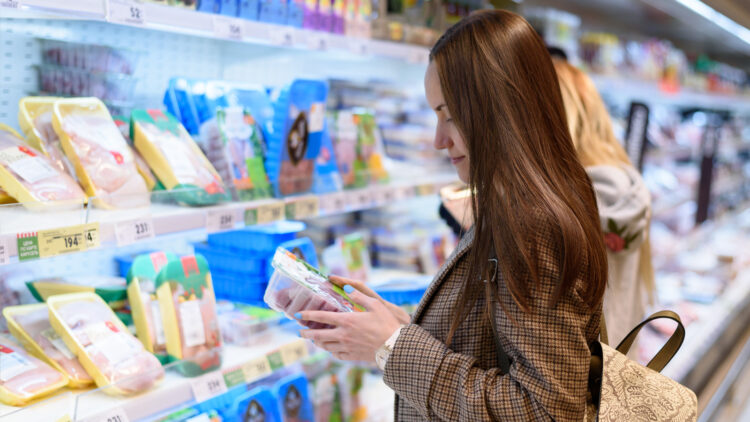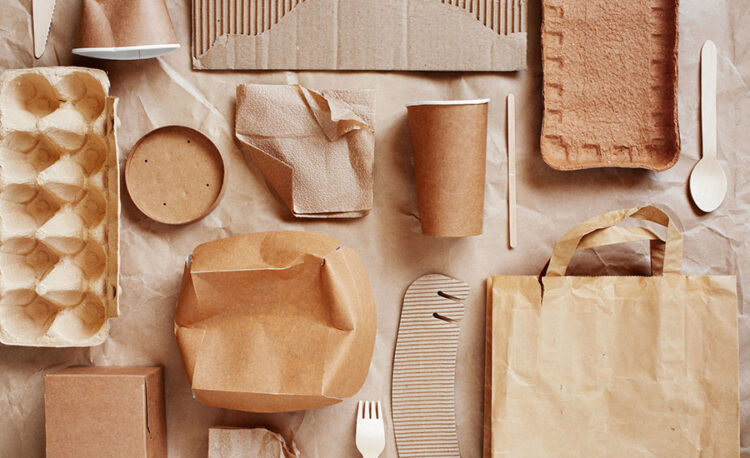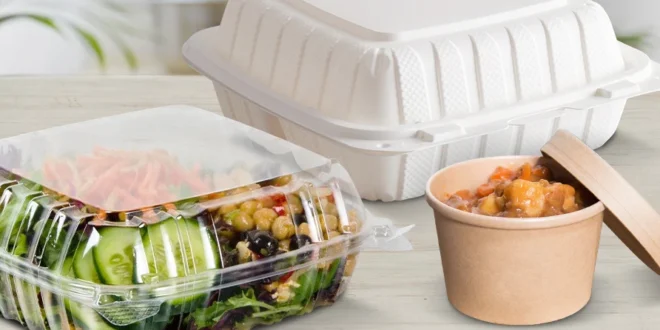When it comes to food, we often focus on the product’s taste, nutritional value, and quality. But have you thought about its packaging? Food packaging plays a crucial role in protecting our food, preserving its freshness, and making it convenient to transport and store.
This article will explore the importance of food packaging, its significant benefits, and how to choose suitable food packaging for your product. In addition, we will look closely at the many ways food packaging matters.
The Importance of Food Packaging
In addition to preserving food quality, packaging also attracts customers. Most customers will rate the food’s quality based on the packaging. While the primary function of food packaging is to hold a portion of food, it also provides the following benefits:
Protects the Food from Contamination
Pollutants and microorganisms may contaminate locally or globally produced and grown food products. Furthermore, food products transported or stored for an extended period are significantly more susceptible to infection.
That’s one of the main reasons why it’s essential to use the proper packaging and test it to ensure it’s still good. In addition, food makers should ensure that food packaging applications are quality controlled. Poor packaging affects not only the quality and safety of the food but also the consumers’ health.
Food businesses must follow stringent rules to ensure food is safe because the packaging is a big part of providing food that stays fresh.

Improves the Shelf Life of the Product
In reality, proper packaging dramatically extends the shelf life of food products. Inadequate and defective packaging results in a lower shelf life, which in turn causes food safety issues.
Most consumers believe storing food products at low temperatures will increase their shelf life. However, this claim is somewhat true. If the food inside the package is exposed to oxygen, it will still disintegrate. To keep the food from being exposed to air fully, it is necessary to guarantee that the packaging remains intact. Thus, proper packaging is essential for preserving food securely for extended periods.
Protects Food from Physical Damage
Physical damage can undermine the integrity of your food product, even if it is adequately sealed and protected from contaminants. Strong packaging is indispensable to protect food products from physical harm caused by material handling, transportation, and warehousing. Boxes, strong plastic wrapping, or crates protect food products from physical damages caused by shocks and traumas during transit or distribution.
Maintains the Freshness of the Food Items
The development of food packaging technologies has enabled the shipping of food products. This means that the packaging of food products can keep their freshness and quality. Thus, current packaging technology has allowed food manufacturers and processors to provide consumers with fresh items.
This extraordinary packaging technique has not only altered the way food is maintained, but it has also established new quality standards that consumers expect from worldwide food manufacturers. People can enjoy fresh food if packaged properly and kept in the right storage conditions, regardless of where a food product is generated.
Helps Prevent Tampering
Food packaging must be tamper-resistant to ensure food safety. The compromised food item poses a health risk. Packaging can be utilized to prevent the issue of tampering. This indicates that food packaging should contain tamper indicators.
Food makers should include tamper-evident labels on food packaging that indicate if the package has been tampered with. This includes printed features, unique packaging membranes, breakaway closures, and other graphics and product features susceptible to alteration due to tampering. It is feasible to spot and stop deliberate tampering with food with the right packaging.
Choose the Ideal Food Packaging for Your Product

You can’t go wrong when choosing the right packaging materials for your items if you pay close attention to the smallest details. After all, the packaging you choose for your product may be one of the most critical aspects of its success.
The proper packaging will not only captivate buyers but also keep your product fresh and transportable. Customers will support a brand’s quality and product when they know they can count on a fresh product from the time it arrives at the store until it is in their hands. This implies, therefore, that bad packing might be detrimental.
Here is a list of critical considerations that will assist you in selecting the optimal packaging to distinguish your product on the shelf and ensure its success once it leaves your facility.
Durable and High Quality
Before placing an order, you should obtain samples of the product you’re interested in and evaluate them thoroughly for build quality and durability. Unfortunately, numerous business owners need to pay more attention to this step and end up with low-quality packaging materials that do not necessarily fit.
Cost-Effective and Convenient
Price is only one of the vital factors when selecting packaging materials. Still, it has a substantial impact that should be addressed. Find products and vendors that give the optimal price-to-quality ratio.
Consider the convenience and simplicity of interacting with a provider. Are they dependable? Ask how many days it will take to deliver your order to avoid delays. Inquire about these and other policies to ensure that you conveniently receive packaging materials.

Tamper-Evident and Secure
Security is another crucial consideration when selecting packaging materials. Choose items with security features and tamper-evident seals. Use devices such as container seals, shrink wraps, water-activated tapes, and poly straps to prevent tampering and theft. Additionally, opaque wrappings help conceal the products for added security.
Environment-Friendly and Legally Compliant
Both suppliers and consumers should be responsible for reusing, recycling, and conserving packaging materials. Choose eco-friendly items and comply with all applicable logistics and shipping laws and regulations. Additionally, check that your products do not violate current copyrights or patents.
Comes with Quality Customer Service
In addition to product quality, packaging materials should include good customer service. Instead of simply searching for products, select a partner provider to help you maximize the company’s budget. Excellent customer service can assist in solving your packing issues.
Conclusion
Food packaging is essential for safeguarding and preserving the quality of food, as well as providing consumers with vital information. In addition, the rise of e-commerce and online grocery shopping has increased the significance of food packaging like these ones in guaranteeing the safe transit of items to consumers.
Therefore, it is essential to examine the environmental impact of packaging and to choose sustainable materials while ensuring that the packaging is functional and offers the necessary food protection.
 Hi Boox Popular Magazine 2024
Hi Boox Popular Magazine 2024



